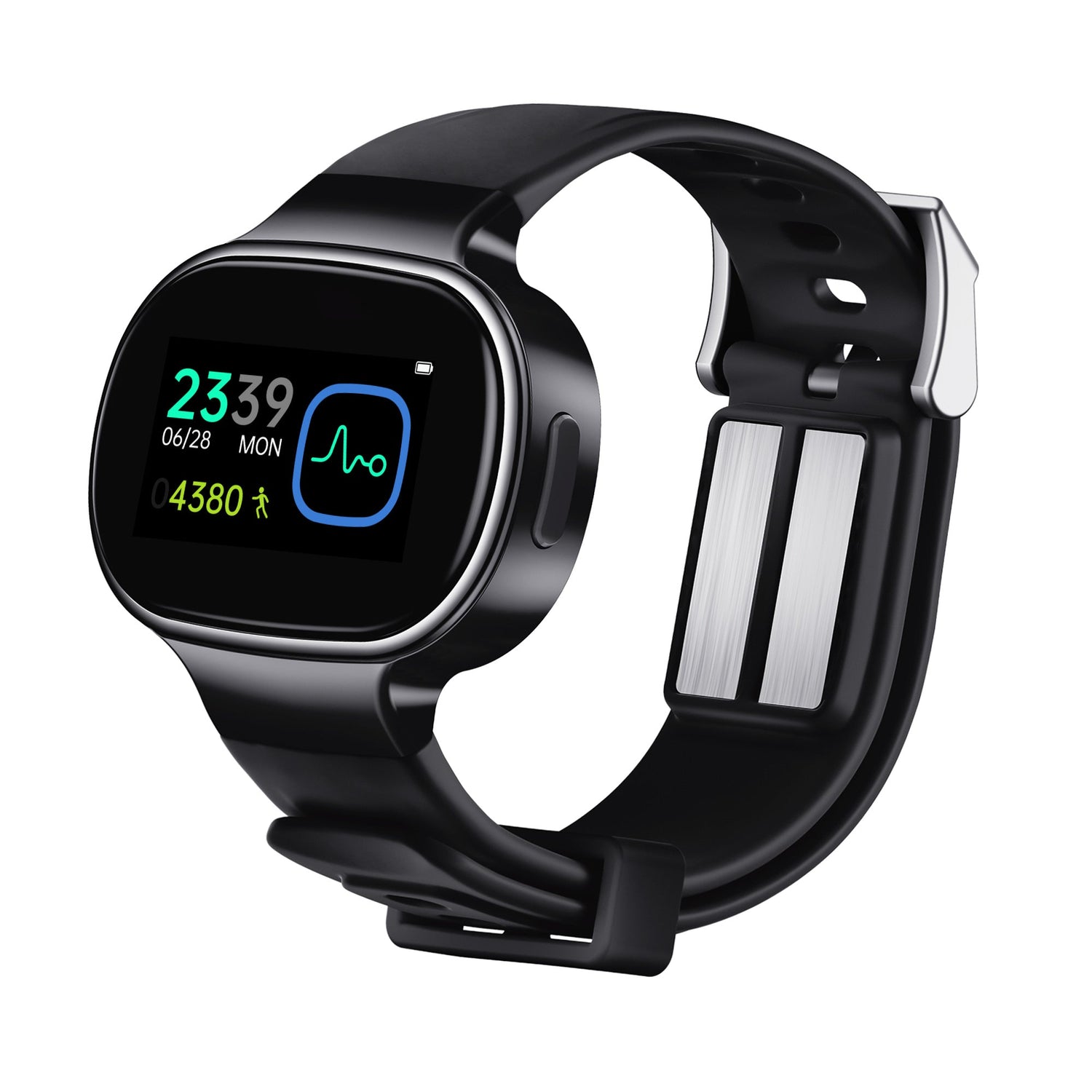If migraines disrupt your life too often, your body might be sending an SOS for Magnesium. This essential mineral acts like your brain's natural "calming switch," and not getting enough is a common migraine trigger. The good news? Boosting magnesium, combined with smart physical strategies, can help you fight back.
Why Magnesium Matters for Migraines
Studies show getting enough magnesium can significantly reduce migraine frequency for many people. Experts liken a magnesium-deficient brain to "a car without brakes" – prone to crashing into migraine attacks(Mauskop, 2012).
- Calms Overactive Nerves: Low magnesium can make brain signals misfire, causing pre-migraine warnings (like flashes of light) and intense sensitivity to light/sound during attacks.
- Soothes Blood Vessels: It helps prevent the painful "spasms" and swelling in head blood vessels that cause throbbing pain.
- Balances Brain Chemistry: Magnesium helps regulate serotonin, a key player in migraines. Low levels can worsen pain and mood.
Are You Low on Magnesium?
A deficiency of magnesium can present some potential signs in daily life. Check if you have the following symptoms. If you have more than 3 of them, it indicates that you need to pay attention.
- Migraines more than twice a month
- Frequent night time leg cramps
- Trouble falling or staying asleep
- Headaches worse with stress
- Feeling jittery after caffeine
In addition, migraines with nausea/vomiting or extreme light/sound sensitivity strongly suggest your nerves need magnesium's calming effect.
Why We Run Low:Modern Lifestyle Affected us
Modern lifestyles can have a subtle impact on the intake of magnesium. Examine your lifestyle habits in these areas.
- Eat Processed Foods: White bread/rice instead of nuts, seeds, greens.
- Constant Stress: Burns through magnesium stores.
- Regular Common Meds: Some stomach meds, blood pressure pills, birth control.
- Daily Drinks: Coffee, soda, energy drinks wash magnesium away.
Your Magnesium Boost Plan: From Simple Steps
Load Up on Magnesium-Rich Foods (The Safest Way!): Your gut naturally absorbs what it needs from food while reducing overdose risk. Prioritize these delicious sources like leafy greens (spinach, kale), nuts/seeds (almonds, pumpkin seeds), beans, avocados, and dark chocolate. Dietary magnesium has a wide safety margin. The body regulates absorption from food efficiently, minimizing toxicity risks (Schuchardt, 2021).
Be Mindful of Magnesium "Drains": Protect your magnesium levels by reducing drinks like excess caffeine or soda; In terms of diet, reduce the intake of refined carbohydrates and consume less sugary foods.
Learn to Control Chronic Stress: Practice deep breathing or walking to counter cortisol-driven depletion.
Considering Supplements: Please proceed with Medical Guidance and do not self-prescribe high doses. Always consult your doctor before starting any supplement – especially if you have kidney issues, take medications (e.g., diuretics, antibiotics), or experience persistent symptoms. Blood tests can assess your status. Doctors may recommend specific forms/doses if deficiency is confirmed.

HeadaTerm2: FDA-Cleared Drug-Free Migraine Relief
Although improving one's lifestyle and gradually increasing the intake of magnesium is a solution. But when a migraine attack occurs, we need some readily available relief. HeadaTerm2 can offer your assistance.
HeadaTerm2 uses gentle external Trigeminal Nerve Stimulation (eTNS) technology, delivers safe, mild electrical pulses to branches of the trigeminal nerve on the forehead. This helps calm the overactive nerve signals associated with migraine pain.
HeadaTerm2 is an ideal solution for individuals looking for an alternative or complement to medication, especially those sensitive to drug side effects. Especially during the gradual process of managing magnesium intake, HeadaTerm2 does not include any supplements that might cause interactions at this stage.
Migraines are often a sign of imbalance, like magnesium deficiency. By addressing this through diet/supplements (with medical advice) and exploring drug-free physical relief options like HeadaTerm2, you can empower yourself towards fewer headaches and better days.
References:
1. Mauskop, A., & Varughese, J. (2012). Why all migraine patients should be treated with magnesium. Journal of Neural Transmission, 119(5), 575–579.
2. Schuchardt, J.P., & Hahn, A. (2021). Intestinal Absorption and Factors Influencing Bioavailability of Magnesium-An Update. Current Nutrition & Food Science, 13(4).
4. www.watmedical.com

